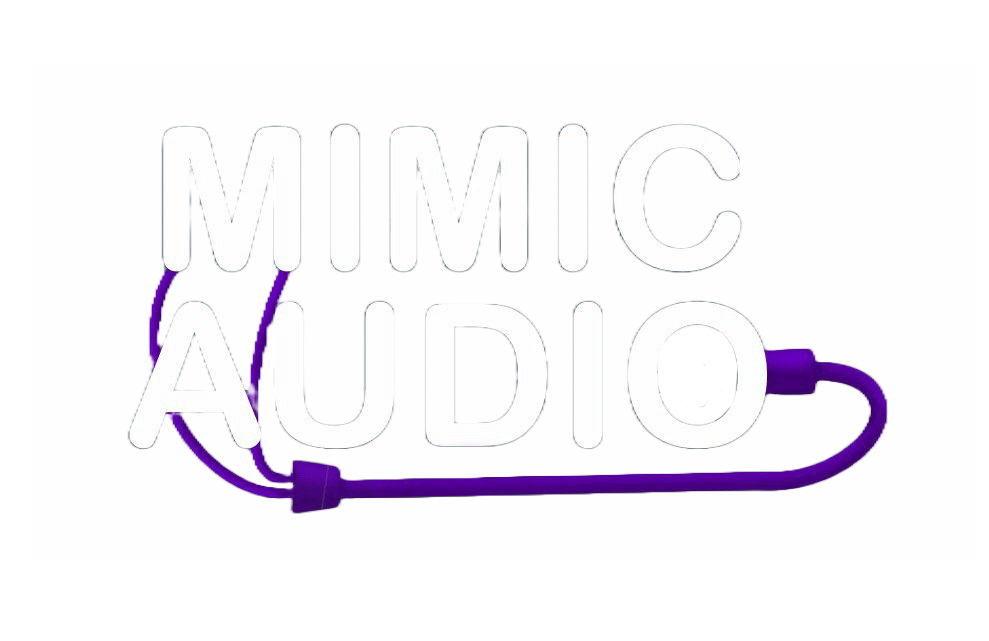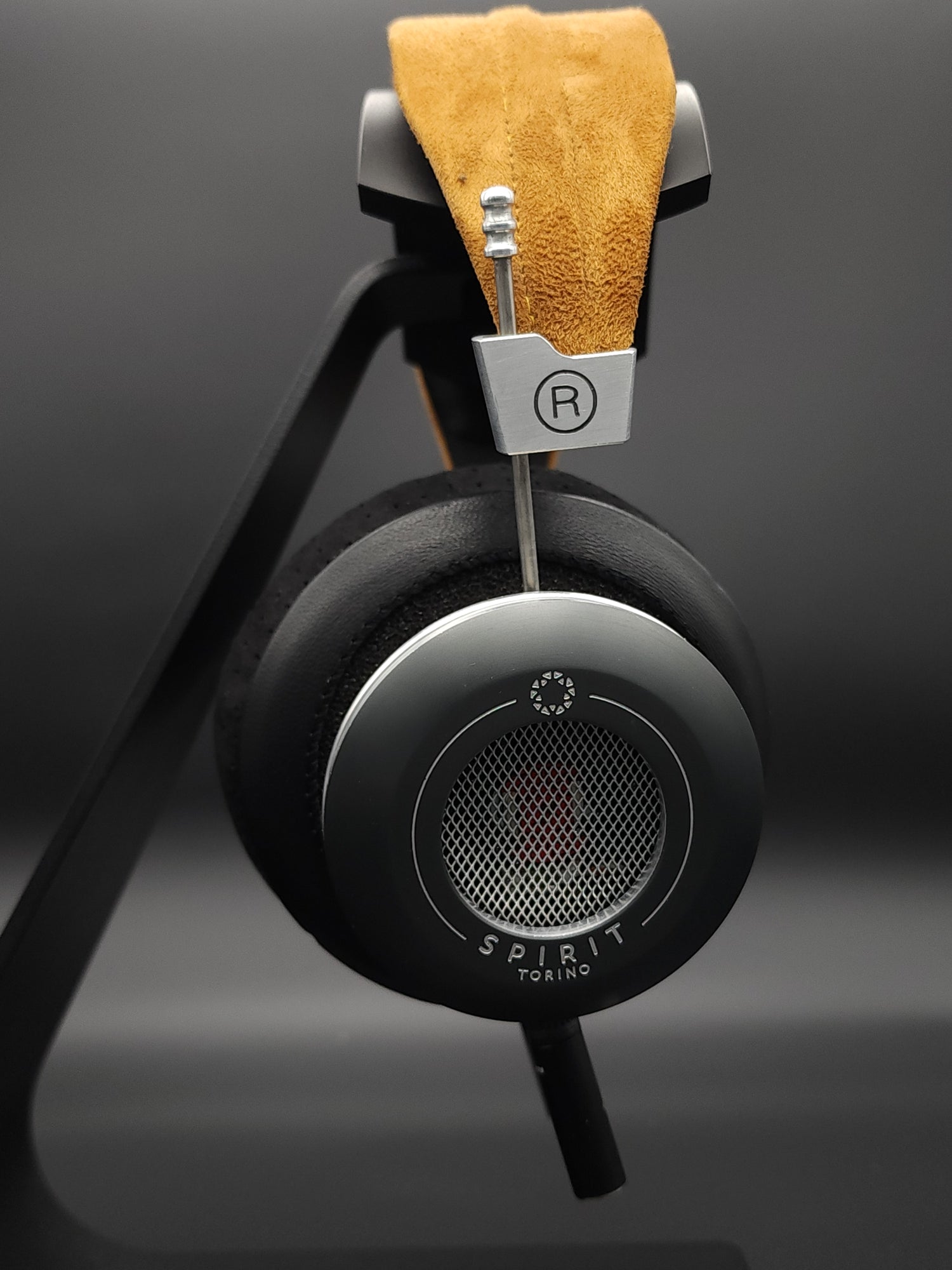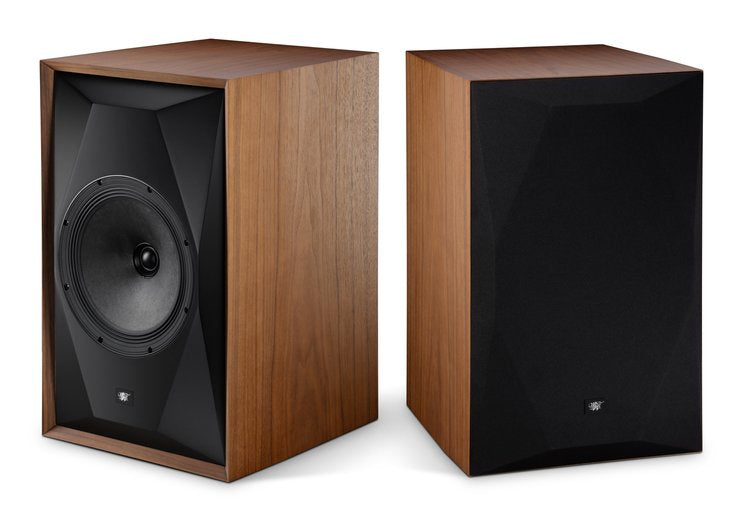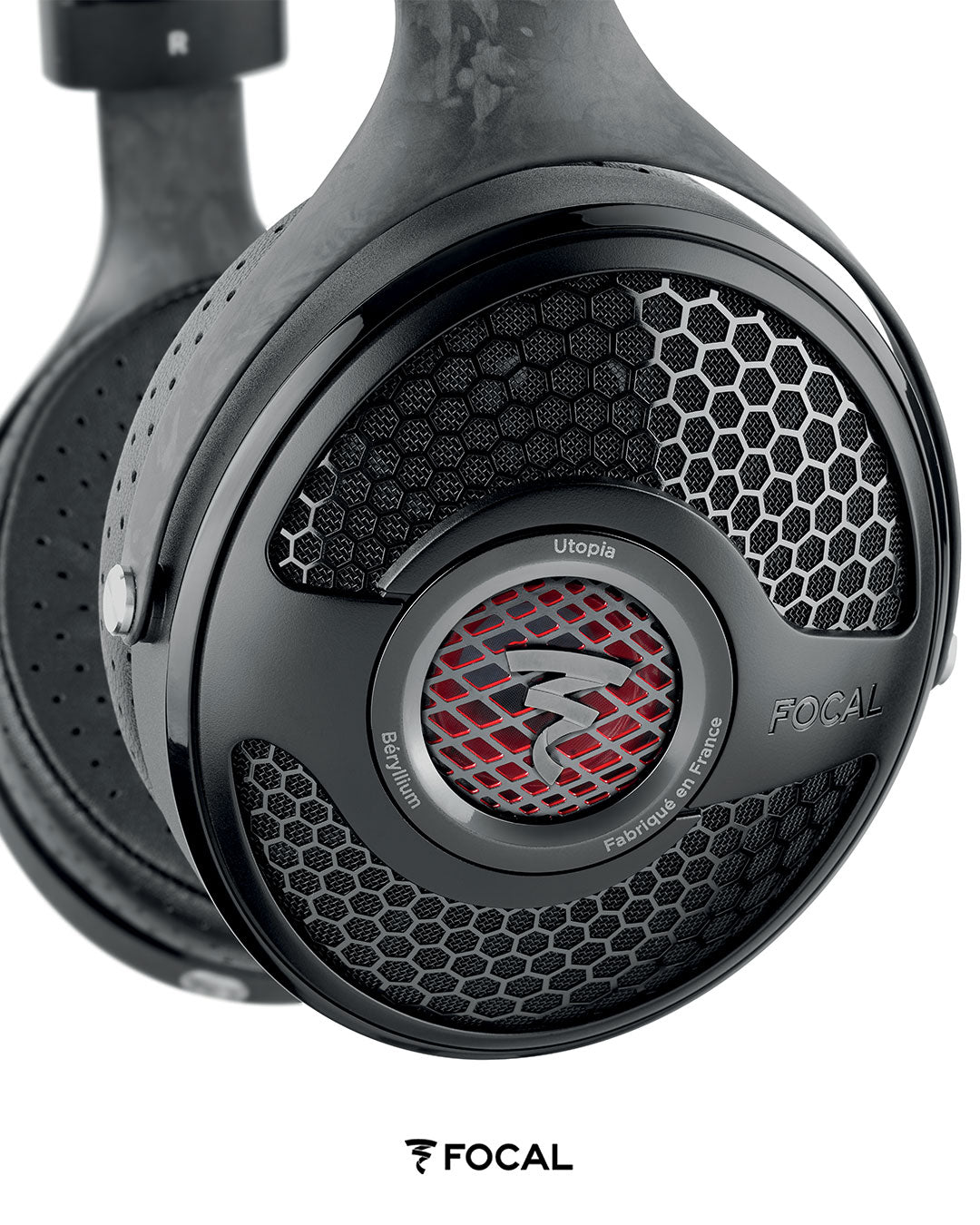I do a fair bit of switching between speaker listening and headphones. For me and many others, there is something special about a proper 2 channel setup that just draws you in. I’m not talking about anything special in the frequency or specific technicality. The most undeniable thing for me is the impact. Not just bass but every note. With speakers there is a certain weight on each note that floats through the air. The large driver sizes make it so that every note is not only felt but heard.
Clearly, I’m not alone in thinking speakers offer something unique in the audio world. For many years, manufactures and reviewers alike have made claims about a specific headphone sounding “speaker like.” Most of these rely on some of the other properties of 2 channel listening. Mainly the expansive sound stage and impact of a properly tuned sub. While most of these reviews have merit of some kind or another, many of these “speaker like” headphones miss the unmistakable weight of speakers. That’s not to say these other headphones aren’t good (I certainly enjoyed the quirky but fun Abyss 1266 and similar claims associated with it) but I have yet to try something that replicates the weight I am looking for.
Cue the Twin Pulse!
Spirit Torino has built out a little niche for themselves with their isobaric offerings. Searching for “isobaric headphones” on google and you won’t find many offerings that don’t have their name attached. Twin pulse was the first open isobaric system in headphones.
For those who may not know, the isobaric “system consists of two high-performance drivers connected in series and moving in sync across the entire audio range. This innovative configuration allows the drivers to convey the aerodynamic flows of the vents faster, allowing impressive acceleration. The series connection of the two drivers allows the following strategic advantages: Halving of the linear movement of the mobile unit while keeping it within an optimal range to limit distortions and dynamic compression, doubling of the power handling ability, and doubling of impedance to 64 Ohms for efficient amplification.”
All of these moving parts have been put in play as Spirits original flagship to overcome what Andrea Ricci calls the biggest limit of a dynamic headphone: the speed in transients. What I can say for certain is that he has succeeded. He manages to take all the bad from dynamic drivers and keep the good. The speed really excels amongst all the dynamics I have heard. Most importantly to me, referring to the first part, is the weight the Twin Pulse seem to give to every note. Rim shots on the drum crack through the space between the drivers and my ears which really gives a lively performance. I don’t know if it’s the isobaric system and two drivers that create the extra weight and impact, but it certainly is there more than any other headphone I’ve tried.
In my world, Japanese bassist Isao Suzuki is about as “punk-rock” as one can be. Nothing he does is quite by the book and yet there are very few who have quite a command over their instruments as he does. Reading through his life story recently helps bring to light where his style comes from. Artist aside his music has always been one of my bass tests to get true speed and timbre correct from the bass and mid-bass regions. Listening to “Cadillac Woman,” the Twin Pulse really come alive. Suzuki’s commanding of the upright bass is well captured and comes to life with a distinct fullness. The mid-bass, while quite elevated, is very articulate and well controlled. Suzuki’s bass is solidly placed in the stage and the realistic timbre of the upright bass creates an exciting performance.
While listening to “Breezeblocks” by the quirky and exceedingly clever Alt-J, the chaos is brought into focus. The speed of the Twin Pulse drivers allows me to pick apart each portion of their performance. Joe Newman’s voice is hung in suspension outside of my head with good stage depth and imaging. Timbre is very solid as usual with dynamics, but the Twin Pulse seem to do exceedingly well.
This level of speed and technical detail is not something I’ve routinely experienced with dynamic headphones. I think it all comes down to how well the Twin Pulse is designed. Every part of these headphones feels very intentional. From the solid frame construction to the intricate acoustic channeling in the pads. Spirit seems to have focused on damping wherever possible. Which from first assumption, I thought would blunt the dynamics. Instead by utilizing their dual driver design just serves to bring everything into focus. The twin pulse is very controlled and detailed with that important weight added to each note that creates an incredibly dynamic performance. I would struggle not to recommend these headphones.




Leave a comment
All comments are moderated before being published.
This site is protected by hCaptcha and the hCaptcha Privacy Policy and Terms of Service apply.